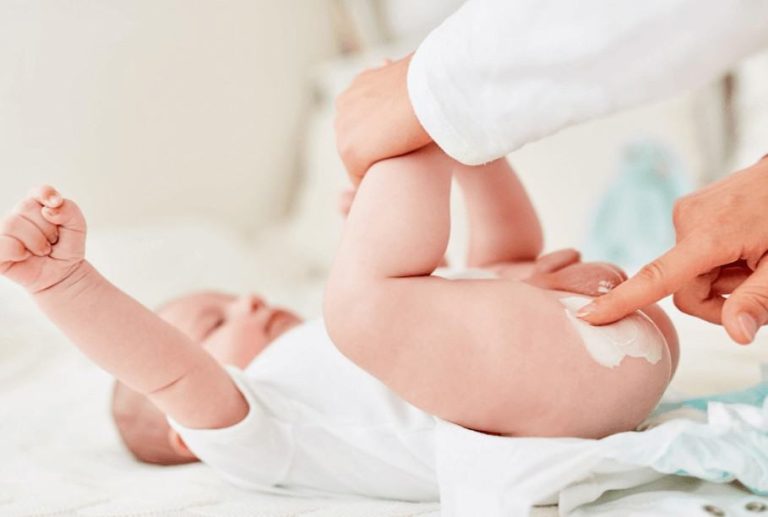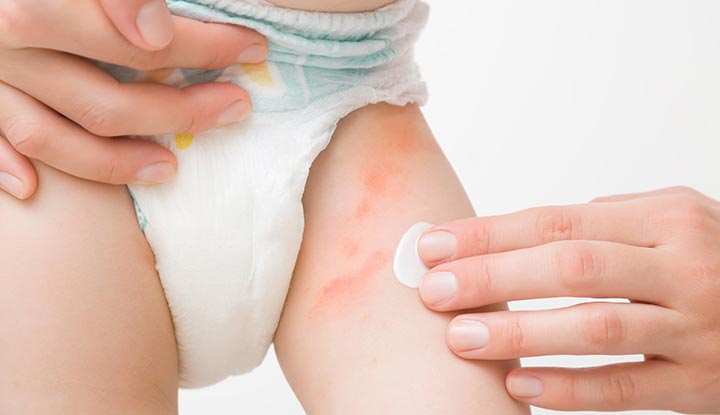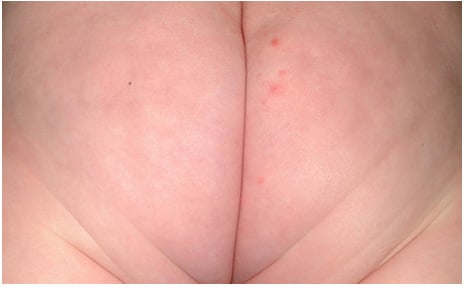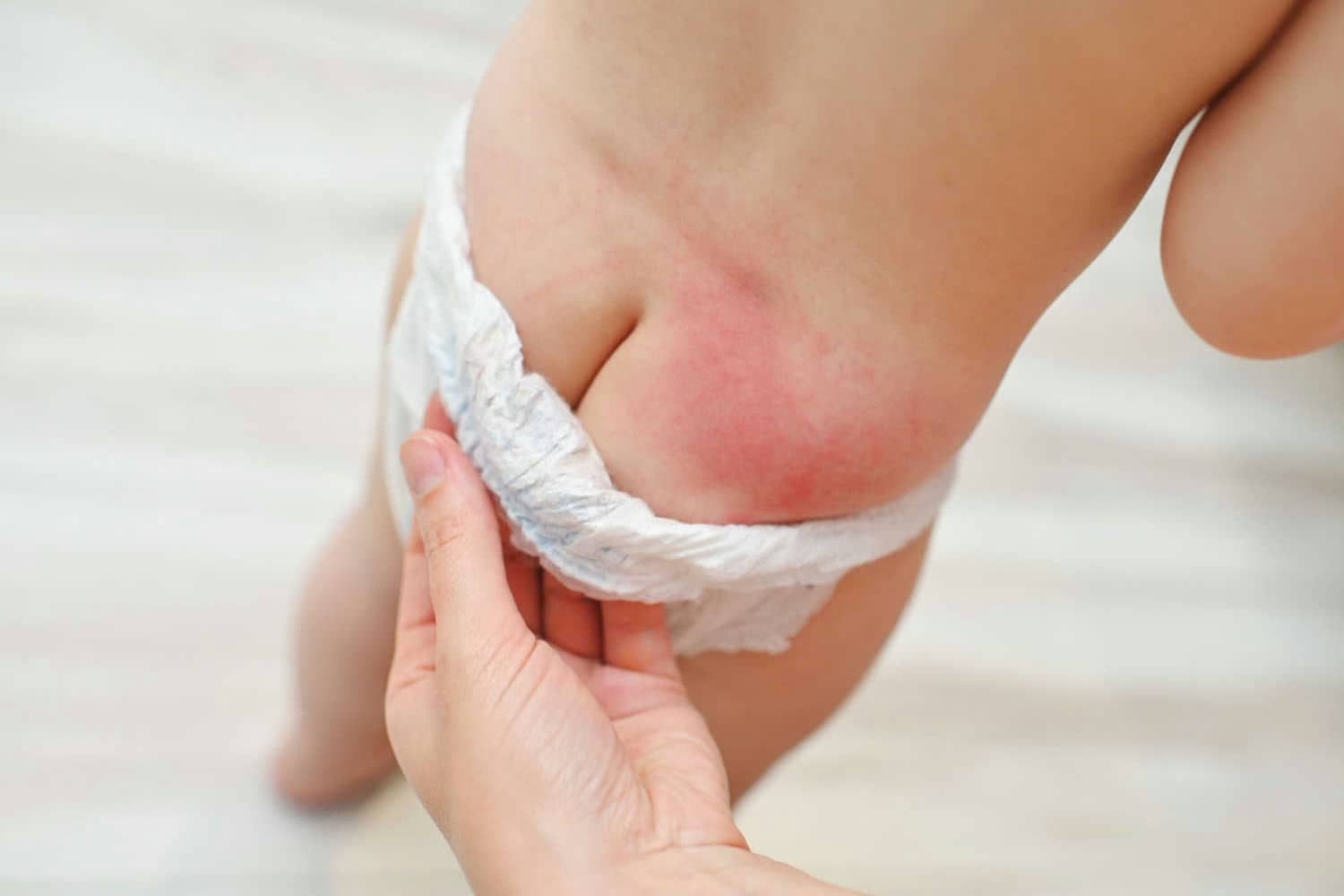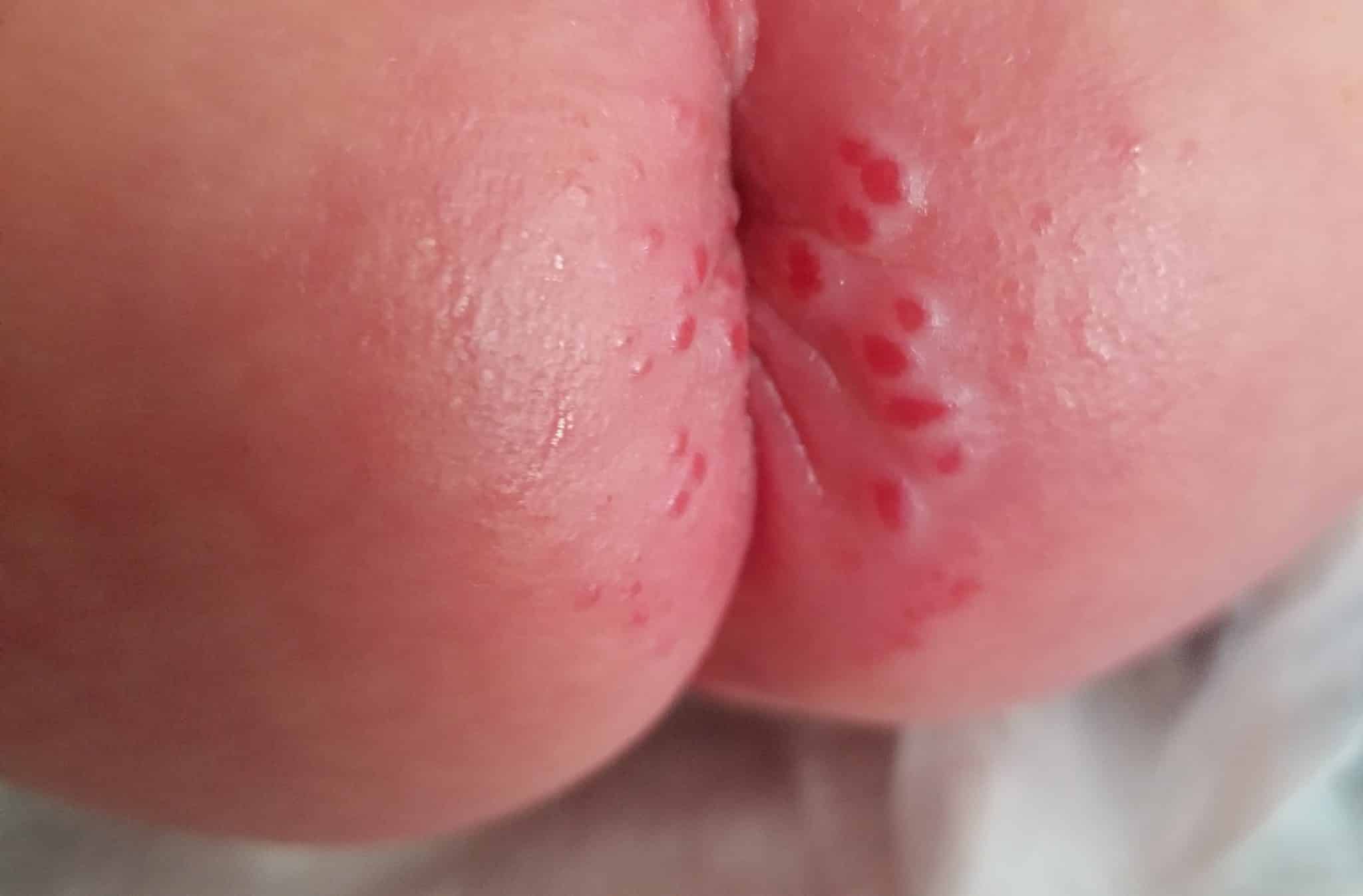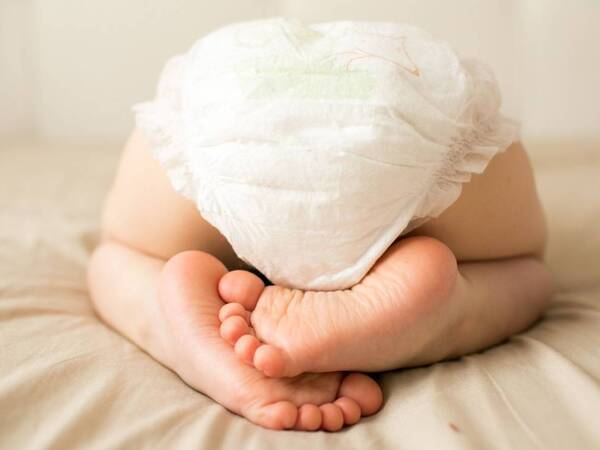Don’t you think keeping your little ones comfortable and healthy is a top priority? Definitely, Yes!
It’s a common concern for parents, especially about diaper rash, but when an allergic reaction causes it, it’s essential to recognize the signs.
If the redness and irritation go beyond the diaper area and your baby still seems uncomfortable even after changing diapers, it could be an allergic reaction.
Want to expand your knowledge? Our previous blog post on how to get rid of a diaper rash in 24 hours offers a comprehensive look into this subject.
So, watch your little one closely and look for these signs to ensure they stay happy and healthy.
In this guide, we’ll explore the signs of an allergic reaction to diaper rash, helping you navigate this common parenting concern with confidence and care.
Common Signs of an Allergic Reaction Diaper Rash
1. Redness and Inflammation
One of the primary indicators of an allergic reaction to diaper rash is the presence of redness and inflammation.
Unlike a regular diaper rash, an allergic reaction rash tends to be more severe and may cover a larger area.
The skin may appear swollen and irritated, causing discomfort for the baby.
2. Persistent Itching
Babies with an allergic reaction to diaper rash often exhibit persistent itching.
You may notice your little one constantly scratching the affected area, which can spread the rash.
This itching can irritate the baby and interrupt their sleep and daily activities.
3. Raised Bumps or Hives
Another sign to watch for is the presence of raised bumps or hives on the baby’s skin.
These can be a clear indication of an allergic response.
The raised bumps may appear red or pink and can contribute to the overall discomfort experienced by the baby.
4. Change in Diaper Rash Pattern
Parents familiar with their baby’s regular diaper rash patterns may notice a change in appearance when an allergic reaction is the culprit.
If the rash looks different from the usual redness and irritation, such as having a different texture or color, it’s essential to consider the possibility of an allergic reaction.
5. Blistering or Peeling Skin
In more severe cases of allergic reaction, diaper rash, blistering, or peeling skin may occur.
This is a worrying sign that indicates significant irritation and inflammation.
It’s crucial to seek medical attention immediately if blistering or peeling is observed.
6. Unpleasant Odor
An unpleasant odor may also accompany an allergic reaction to diaper rash.
This can be due to the increased moisture and bacterial growth in the affected area.
So, pay attention to any changes in the smell associated with your baby’s rash.
What Are the Common Causes of Diaper Rash?
Below are the 7 common causes of diaper rashes listed, such as:
- Friction: One common cause of diaper rash is the friction between the baby’s delicate skin and the diaper. This rubbing can lead to irritation and redness.
- Moisture: Prolonged exposure to moisture, such as wet diapers, can create an ideal environment for diaper rash. When the skin stays damp, it becomes more susceptible to irritation.
- Infrequent Diaper Changes: If you are not changing diapers regularly, then it can contribute to diaper rash. Stale urine and feces on the baby’s skin can lead to irritation and discomfort.
- Harsh Chemicals: Some babies may be sensitive to certain chemicals in diapers, wipes, or laundry detergents. Fragrances and dyes can also be the main reason.
- Antibiotics: If a baby has been on antibiotics, it can disrupt the balance of good and bad bacteria in the digestive system. This imbalance can result in more acidic stools, resulting in diaper rash.
- Sensitive Skin: Some babies have more sensitive skin than others, making them more prone to developing diaper rash.
- Introduction of New Products: Introducing new products such as baby wipes, lotions, or powders may lead to an allergic reaction, contributing to diaper rash.
What Increases the Risk of Diaper Rash?
Diaper rash can be more risky because of various reasons, such as:
- If you do not stay clean and dry
- Consumption of solid food items
- Have diarrhea
- If the poops stay overnight in the diaper
- If your baby is on antibiotics
Conclusion
Overall, identifying the signs of an allergic reaction to diaper rash is crucial for parents to ensure appropriate care for their babies.
However, redness and inflammation, persistent itching, raised bumps or hives, changes in diaper rash patterns, blistering or peeling skin, and an unpleasant odor are key indicators to watch for.
If you suspect your baby is experiencing an allergic reaction to diaper rash, consulting with a healthcare professional is essential for an accurate diagnosis and appropriate treatment.
Remember, every baby is unique, so monitoring and understanding your child’s diaper rash patterns is essential to providing the best possible care.
Frequently Asked Questions
What Does Allergy Diaper Rash Look Like?
Allergy diaper rash appears as red, irritated skin with bumps or blisters. It’s often caused by sensitivity to diaper materials, wipes, or certain foods.
Keeping the area clean, using hypoallergenic products, and consulting a doctor can help manage and prevent it.
How Do You Treat Diaper Allergy Rash?
To treat diaper allergy rash, keep the area clean, use hypoallergenic products, and keep your baby diaper-free for short periods.
Apply a diaper cream with zinc oxide and consult a doctor if the rash persists.
How Long Will Diaper Rash Take to Heal?
The time it takes for diaper rash to heal varies. With proper care, it may improve in a few days, like 3-4 days.
However, keeping the area clean, using gentle products, and giving diaper-free time can speed healing. If it persists, consult a doctor.
Does Vaseline Help with Diaper Rash?
Yes, Vaseline can help with diaper rash. Apply a thin layer to create a protective barrier on the skin, preventing further irritation.
Always consult a doctor if the rash persists or worsens.
Which Cream is Best for Diaper Rash?
The best cream for diaper rash is one with zinc oxide. It forms a protective barrier and promotes healing. Popular brands include Desitin and Balmex.
Consult your doctor for personalized recommendations.

